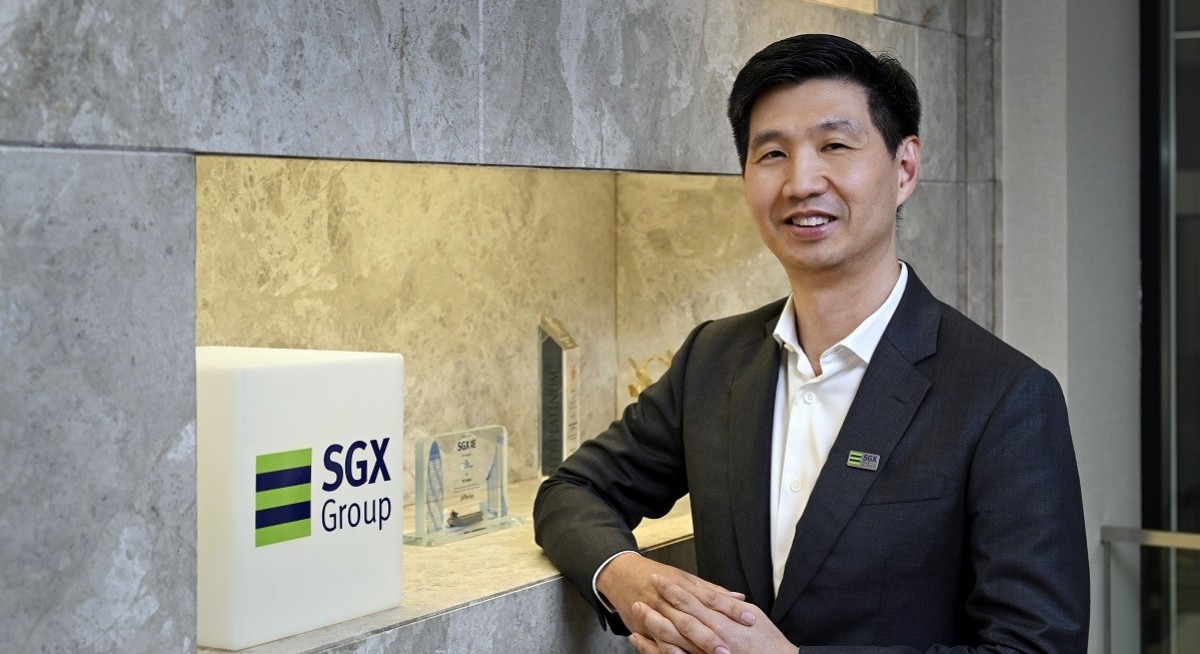See also: A rejuvenated Singapore market, a reset for The Edge Singapore
See also: From uncertainty to opportunity: How CEOs are rewiring their strategy
For more insights on corporate trends
Create an account to access our premium content.
Subscription entitlements:
End of content
No more pages to load


